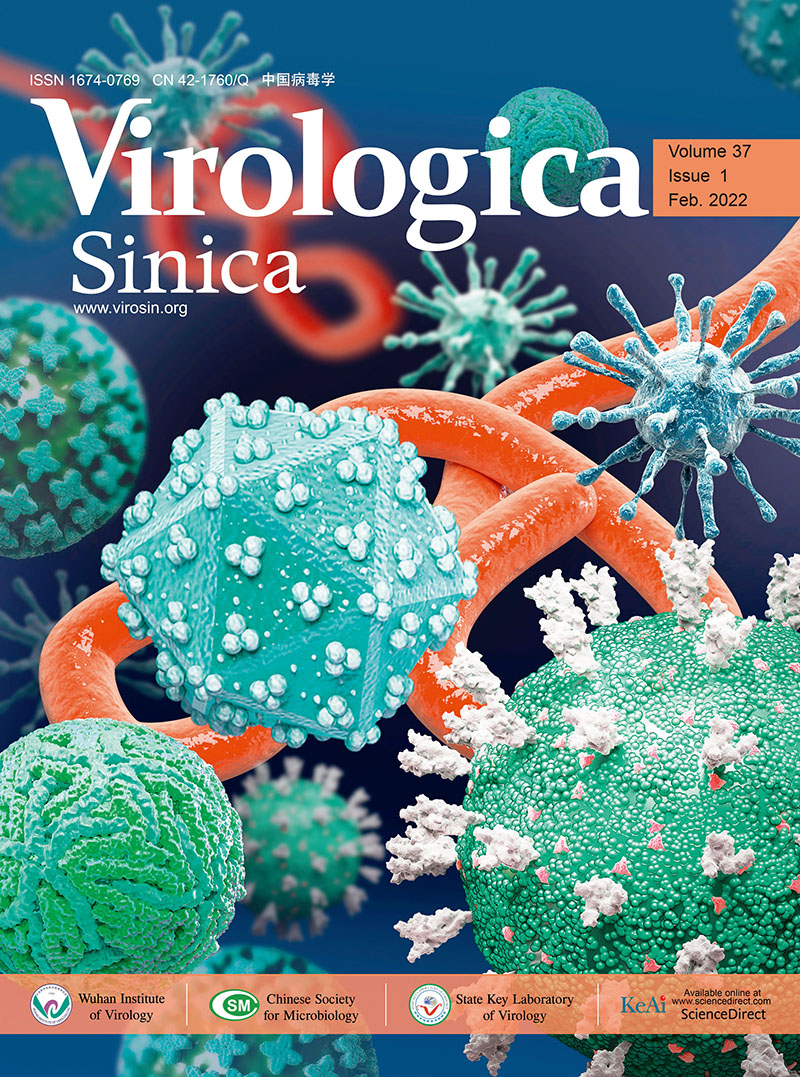-
Burbelo PD, Bren KE, Ching KH, Coleman A, Yang X, Kariu T, Iadarola MJ, Pal U. Antibody profiling of Borrelia burgdorferi infection in horses. Clin Vaccine Immunol. 2011;18:1562-1567.
-
Burbelo PD, Ching KH, Bush ER, Han BL, Iadarola MJ. Antibody-profiling technologies for studying humoral responses to infectious agents. Expert Rev Vaccines. 2010;9:567-578.
-
Burbelo PD, Iadarola MJ, Chaturvedi A. Emerging technologies for the detection of viral infections. Future Virol. 2019;14:39-49.
-
Burbelo PD, Lebovitz EE, Notkins AL. Luciferase immunoprecipitation systems for measuring antibodies in autoimmune and infectious diseases. Transl Res. 2015;165:325-335.
-
Chia WN, Tan CW, Foo R, Kang AEZ, Peng Y, Sivalingam V, Tiu C, Ong XM, Zhu F, Young BE, Chen MI, Tan YJ, Lye DC, Anderson DE, Wang LF. Serological differentiation between COVID-19 and SARS infections. Emerg Microbes Infect. 2020;9:1497-1505.
-
Eliasson M, Andersson R, Olsson A, Wigzell H, Uhlen M. Differential IgG-binding characteristics of staphylococcal protein A, streptococcal protein G, and a chimeric protein AG. J Immunol. 1989;142:575-581.
-
Huang X, Li J, Li A, Wang S, Li D. Epidemiological Characteristics of Severe Fever with Thrombocytopenia Syndrome from 2010 to 2019 in Mainland China. Int J Environ Res Public Health. 2021;18:3092.
-
Huang X, Wang S, Wang X, Lyu Y, Jiang M, Chen D, Li K, Liu J, Xie S, Lyu T, Sun J, Xu P, Cao M, Liang M, Li D. Estimation of the incidence of severe fever with thrombocytopenia syndrome in high endemic areas in China: an inpatient-based retrospective study. BMC Infect Dis. 2018;18:66.
-
Li Z, Hu J, Cui L, Hong Y, Liu J, Li P, Guo X, Liu W, Wang X, Qi X, Wu B, Feng Z, Shen A, Liu X, Zhao H, Tan W, Zhou J, Xing Z, Bao C. Increased Prevalence of Severe Fever with Thrombocytopenia Syndrome in Eastern China Clustered with Multiple Genotypes and Reasserted Virus during 2010-2015. Sci Rep. 2017;7:6503.
-
Maeda Y, Nakane S, Higuchi O, Nakamura H, Komori A, Migita K, Mukaino A, Umeda M, Ichinose K, Tamai M, Kawashiri SY, Sakai W, Yatsuhashi H, Kawakami A, Matsuo H. Ganglionic acetylcholine receptor autoantibodies in patients with autoimmune diseases including primary biliary cirrhosis. Mod Rheumatol. 2017;27:664-668.
-
Matsumoto C, Shinohara N, Furuta RA, Tanishige N, Shimojima M, Matsubayashi K, Nagai T, Tsubaki K, Satake M. Investigation of antibody to severe fever with thrombocytopenia syndrome virus (SFTSV) in blood samples donated in a SFTS-endemic area in Japan. Vox Sang. 2018;113:297-299.
-
Matsuu A, Hamakubo E, Yabuki M. Seroprevalence of severe fever with thrombocytopenia syndrome virus in animals in Kagoshima Prefecture, Japan, and development of Gaussia luciferase immunoprecipitation system to detect specific IgG antibodies. Ticks Tick Borne Dis. 2021;12:101771.
-
Matsuu A, Yokota SI, Ito K, Masatani T. Seroprevalence of Toxoplasma gondii in free-ranging and feral cats on Amami Oshima Island, Japan. J Vet Med Sci. 2017;79:1853-1856.
-
Moming A, Shen S, Fang Y, Zhang J, Zhang Y, Tang S, Li T, Hu Z, wang H, Zhang Y, Wang L, Sun S, Deng F. Evidence of human exposure to Tamdy virus, Northwestern China. Emerg Infect Dis. 2021;(In press).
-
Shen S, Duan X, Wang B, Zhu L, Zhang Y, Zhang J, Wang J, Luo T, Kou C, Liu D, Lv C, Zhang L, Chang C, Su Z, Tang S, Qiao J, Moming A, Wang C, Abudurexiti A, Wang H, Hu Z, Zhang Y, Sun S, Deng F. A novel tick-borne phlebovirus, closely related to severe fever with thrombocytopenia syndrome virus and Heartland virus, is a potential pathogen. Emerg Microbes Infect. 2018;7:95.
-
Sun J, Lu L, Wu H, Yang J, Ren J, Liu Q. The changing epidemiological characteristics of severe fever with thrombocytopenia syndrome in China, 2011-2016. Sci Rep. 2017;7:9236.
-
Uehara A, Tan CW, Mani S, Chua KB, Leo YS, Anderson DE, Wang LF. Serological evidence of human infection by bat orthoreovirus in Singapore. J Med Virol. 2019;91:707-710.
-
Wu H, Wu C, Lu Q, Ding Z, Xue M, Lin J. Spatial-temporal characteristics of severe fever with thrombocytopenia syndrome and the relationship with meteorological factors from 2011 to 2018 in Zhejiang Province, China. PLoS Negl Trop Dis. 2020;14:e0008186.
-
Xiong S, Zhang W, Li M, Xiong Y, Li M, Wang H, Yang D, Peng C, Zheng X. A simple and practical score model for predicting the mortality of severe fever with thrombocytopenia syndrome patients. Medicine (Baltimore). 2016;95:e5708.
-
Yu XJ, Liang MF, Zhang SY, Liu Y, Li JD, Sun YL, Zhang L, Zhang QF, Popov VL, Li C, Qu J, Li Q, Zhang YP, Hai R, Wu W, Wang Q, Zhan FX, Wang XJ, Kan B, Wang SW, Wan KL, Jing HQ, Lu JX, Yin WW, Zhou H, Guan XH, Liu JF, Bi ZQ, Liu GH, Ren J, Wang H, Zhao Z, Song JD, He JR, Wan T, Zhang JS, Fu XP, Sun LN, Dong XP, Feng ZJ, Yang WZ, Hong T, Zhang Y, Walker DH, Wang Y, Li DX. Fever with thrombocytopenia associated with a novel bunyavirus in China. N Engl J Med. 2011;364:1523-1532.
-
Zhang Y, Shen S, Shi J, Su Z, Li M, Zhang W, Li M, Hu Z, Peng C, Zheng X, Deng F. Isolation, characterization, and phylogenic analysis of three new severe fever with thrombocytopenia syndrome bunyavirus strains derived from Hubei Province, China. Virol Sin. 2017;32:89-96.
-
Zhu L, Yin F, Moming A, Zhang J, Wang B, Gao L, Ruan J, Wu Q, Wu N, Wang H, Deng F, Lu G, Shen S. First case of laboratory-confirmed severe fever with thrombocytopenia syndrome disease revealed the risk of SFTSV infection in Xinjiang, China. Emerg Microbes Infect. 2019;8:1122-1125
















 DownLoad:
DownLoad: